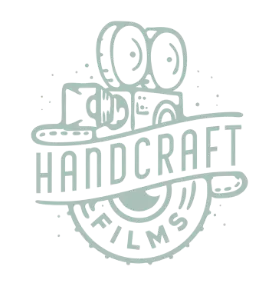What is a Pancake Lens?
A pancake lens is simply a small lens that’s appropriately named for its ‘squished’ or ‘slim’ stature on the camera body.

My first introduction into pancake lenses began during a short obsession with a popular technique called free-lensing.
If you have no clue what I’m talking about, free-lensing is when you literally take the lens off the camera body, but still hold it very close to the camera while recording.
It’s a cheap way to make a tilt-shift lens and also allows for some really cool light leaks and film effects on your footage.
But in order to do it easily, you need a very small and light lens that’s easy to manipulate in one hand.
The pancake lens was the perfect solution!
Over the years, I no longer do much free lensing BUT I still absolutely love my pancake lens.
It’s truly surprised me, this handy little lens, and here’s how.

Why I Love My Pancake Lens
First, it’s very inexpensive relative to the world of other lenses out there.
Second, it’s so lightweight and slim on my camera body (which is already big in itself) that it makes it the perfect everyday, on the go lens.
Last, I sort of expected the sharpness and speed to be lacking (because of the price), but that’s where it’s surprised me. The image and footage quality is actually very good.

It’s my go to travel lens, especially when I know I’m just shooting things for me – for the fun of it.
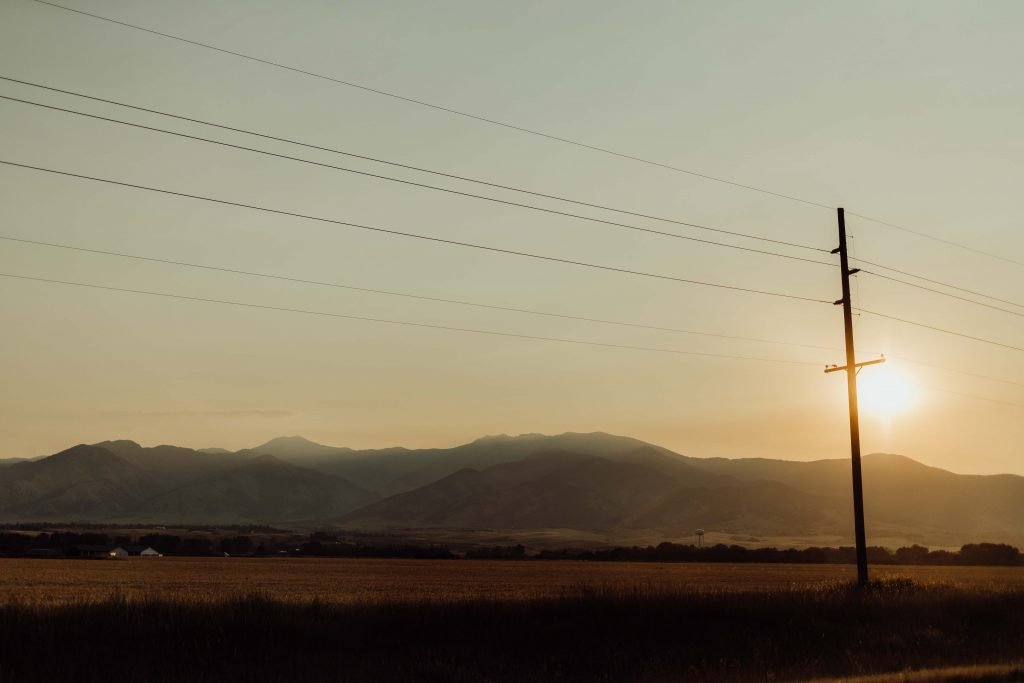
Now that we’ve established how great pancake lenses are, let’s compare the two most common focal lengths: the 24mm and the 40mm.
Ultimate Comparison: the 24mm pancake or the 40mm pancake?
There is one major difference between these two lenses and (hint) it’s not the focal length.
But before we get to that, let’s take a look at what BOTH of these lenses are great at.
Now let’s break down the major difference between the 24mm and the 40mm pancake lenses to help you determine which will be better for you.
The Major Difference Between the 24mm and the 40mm Pancake Lenses
Upon first glance, you may immediately assume that the main difference between these two lenses is the focal length.
In fact that’s exactly what I did as well. I even went so far as to order the 24mm lens to begin with.
Much to my dismay, it arrived and did NOT fit onto my Canon 1DX Mark ii.
What I learned is that the main difference isn’t the focal length between these two cameras, it’s that one is an EF lens and the other is an EF-S lens.
If your camera is a full frame sensor body (see examples below), then the 24mm EF-S Pancake lens will not fit your camera and you need to go with the 40mm EF lens.
In fact, this is the very reason that Canon came out with the two different focal lengths for this pancake lens.
Let me explain.

The reason these lenses actually end up being about the same focal length is because of the crop factor.
With EF-S lenses, there is a crop factor of about 1.6x. This means that when you place the 24mm EF-S lens on a cropped sensor (APS-C camera bodies), the image more truly reflects a 38.4mm lens (24mm x 1.6).
Therefore, the 24mm EF-S lens is very similar in focal length to the 40mm.
On a full-frame camera body, there is no change in the focal length of the lens, so the 40mm remains a 40mm.
It’s essentially the same lens, made two ways to accommodate the two types of camera bodies.

Which Lens Will Fit Your Camera Body: EF or EF-S?
So really, the question isn’t between the 24mm or the 40mm – it’s which lens will actually fit your camera body, the EF or EF-S?
One quick indicator is to take a look at the inside ring on the front of your camera – is it red or white?
If the indicator dot on the front of your camera is red, then you need the 40mm EF lens (full-frame sensor).
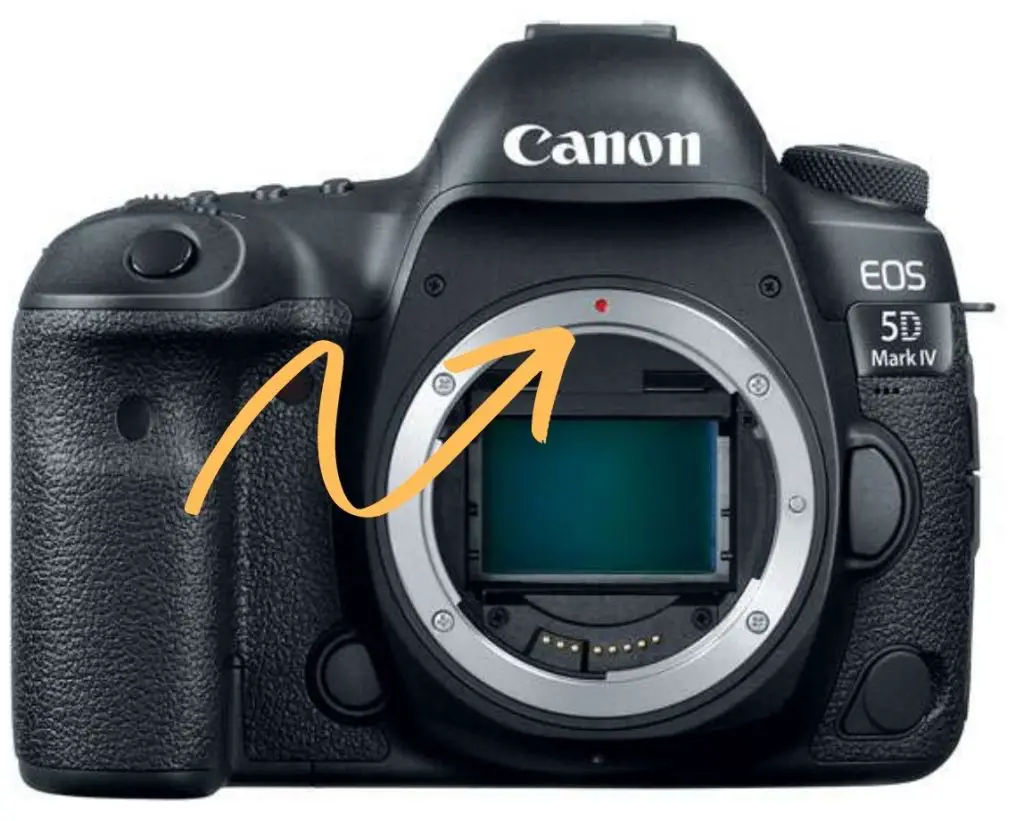
If the indicator dot on the front of your camera is white, then you need the 24mm EF-S lens (APS-C camera bodies).
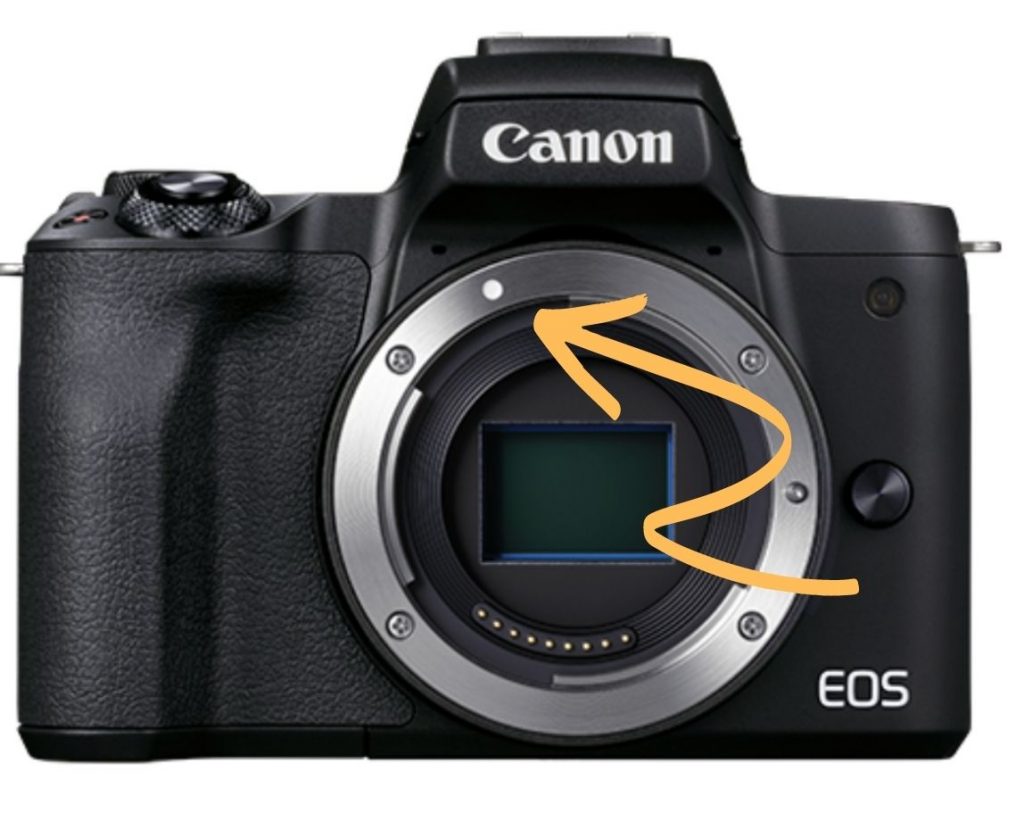
If you have two indicators (both red and white), then either lens can fit on your camera. Keep reading for the difference in that scenario.
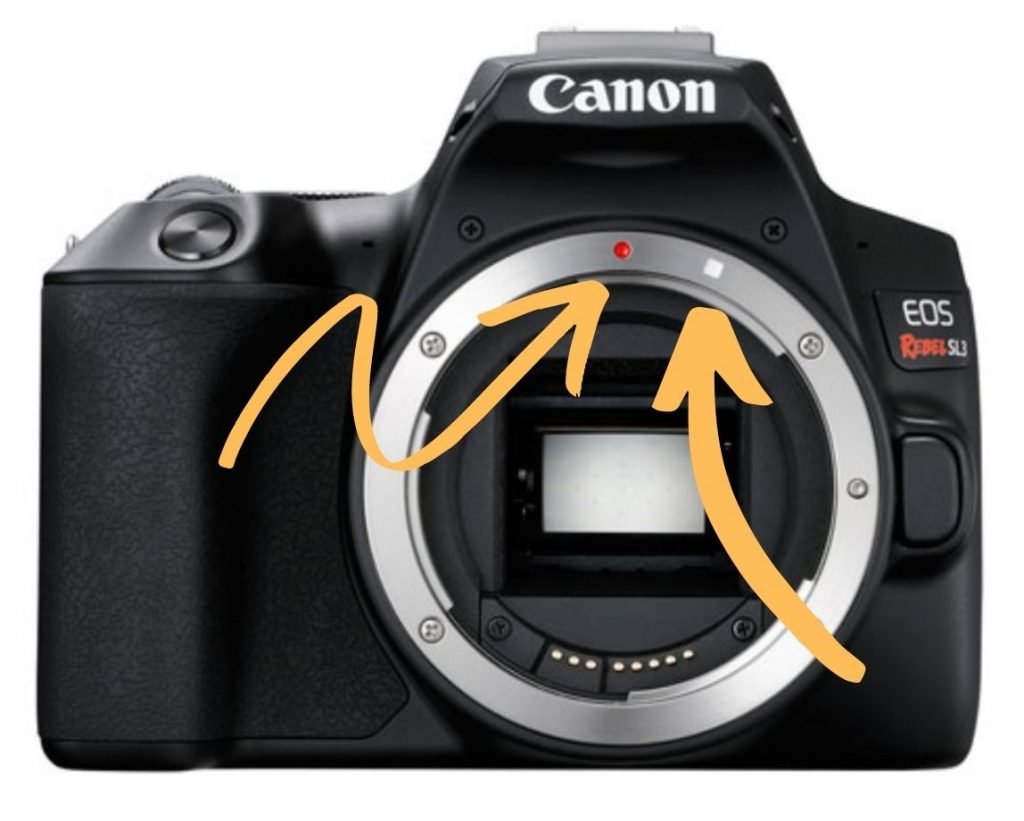
There’s one more line of Canon cameras that’s recently come on the market as well: the mirrorless camera line.
If you know your camera is a Canon mirrorless camera, then you need to actually go with the EF-M version of this pancake lens.
If you still aren’t sure which camera and lens combo you need, here’s a chart that should help you figure it out.
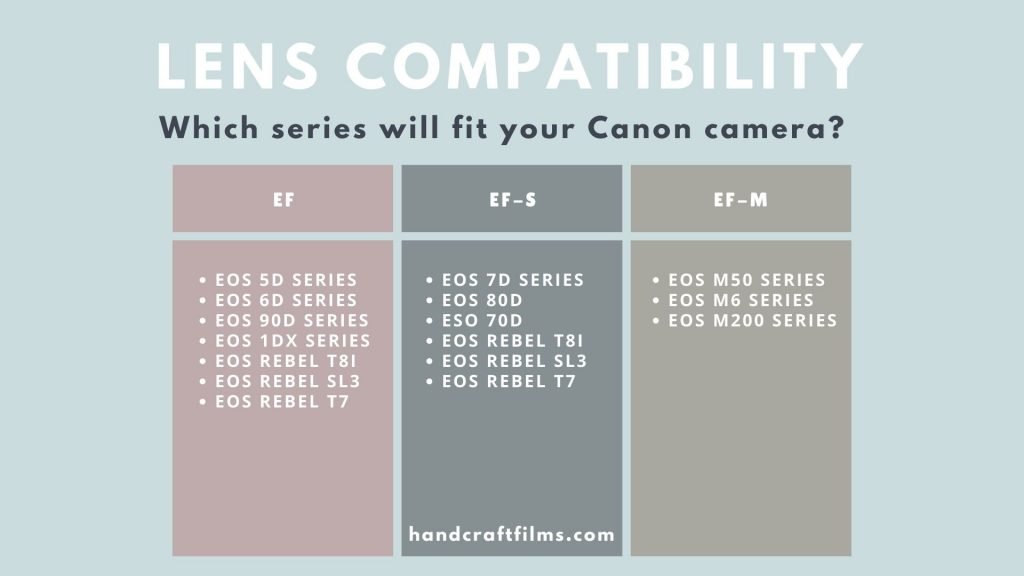
A few exceptions to the rule:
Any of the Canon APS-C bodies (for example, the Canon Rebel series) will fit both the EF or the EF-S lens series, so either of these lenses can work if you have a rebel camera.
However, keep in mind that the 40mm will crop by a factor of 1.6x. So the 40mm lens on this camera will more accurately reflect a 64mm lens.
In this case, the question does become which focal length is more preferred: 40mm or 64mm?
If you ask me, I’d much rather shoot with the 40mm focal range for this type of lens. If the purpose is to capture everyday moments, either around the house or while traveling, more than likely the 24mm EF-S lens will capture these moments better.
A 64mm lens is much tighter on your subject and will be difficult to shoot anything within close range. More than likely you’ll need to be separated a good distance from your subject in order to capture it in focus.
However, if this is your goal then by all means, the 64mm (or 40mm EF lens) will be the best option for you.
